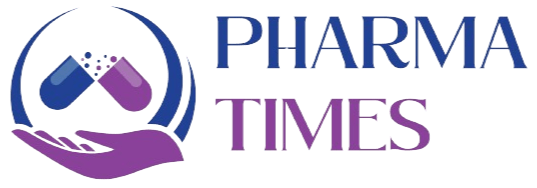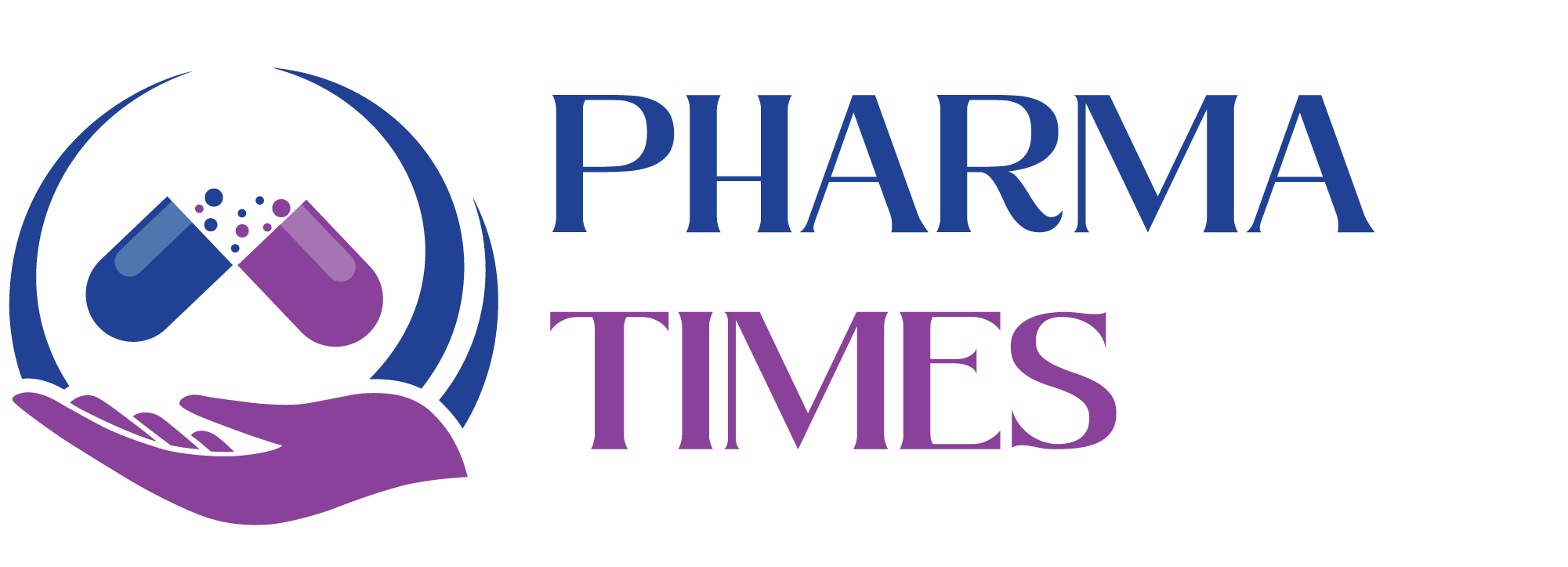“Key Tablet Coating Techniques: Interview Questions and Answers for Pharmaceutical Professionals”
Crack Pharmaceutical coating interview questions
1. What is the function of tablet coating in pharmaceuticals?
Answer: Tablet coating serves several critical functions, such as enhancing the visual appeal of tablets, shielding the drug from environmental factors like moisture and light, controlling the rate of drug release, and masking any unpleasant flavors. It also helps in product identification and reduces the risk of tablet breakage during handling.
2. What are the different types of tablet coatings used in the industry?
Answer: Commonly used coating techniques include:
- Sugar coating: A traditional method where multiple layers of sugar solution are applied, often increasing the tablet’s size.
- Film coating: A more modern and efficient technique that uses a thin polymer film, offering better protection and controlled drug release.
- Enteric coating: A special type of film coating that prevents the tablet from dissolving in the stomach’s acidic environment, allowing it to dissolve in the intestine.
3. What are some challenges commonly faced in tablet coating?
Answer: Some frequent issues include:
- Twinning: This happens when two tablets stick together during the coating process.
- Cracking: Occurs when the coating film is too brittle.
- Orange peel effect: A rough surface on the tablet, often caused by incorrect spray rates or air pressure.
- Color inconsistencies: Uneven coating application can lead to variations in color
4. How do you ensure the coating adheres well to the tablet?
Answer: Achieving proper adhesion involves selecting the appropriate polymer for the coating film and ensuring the tablet core is well-prepared for coating. Additionally, controlling the spray conditions and drying times is crucial to avoid issues like over-wetting or under-drying.
5. What role do plasticizers play in film coatings?
Answer: Plasticizers are added to coating films to enhance their flexibility and prevent cracking. These substances help make the coating more durable, allowing it to withstand handling without breaking. Common plasticizers include polyethylene glycol (PEG) and triacetin
6. What factors impact the drying phase during tablet coating?
Answer: Several factors influence the drying process:
- Inlet air temperature: Higher temperatures can speed up drying but may also cause the coating to crack.
- Airflow: Adequate airflow is necessary to ensure moisture is removed efficiently.
- Spray rate: The spray rate should be balanced with the drying rate to prevent defects and ensure uniform coating.
7. How can moisture-sensitive tablets be coated effectively using aqueous methods?
Answer: To coat moisture-sensitive tablets, it is crucial to manage the drying parameters carefully. High inlet air temperature and strong airflow are essential for minimizing the time the tablets spend exposed to moisture. Additionally, using film coatings with a higher solid content can help reduce moisture exposure during the process.

